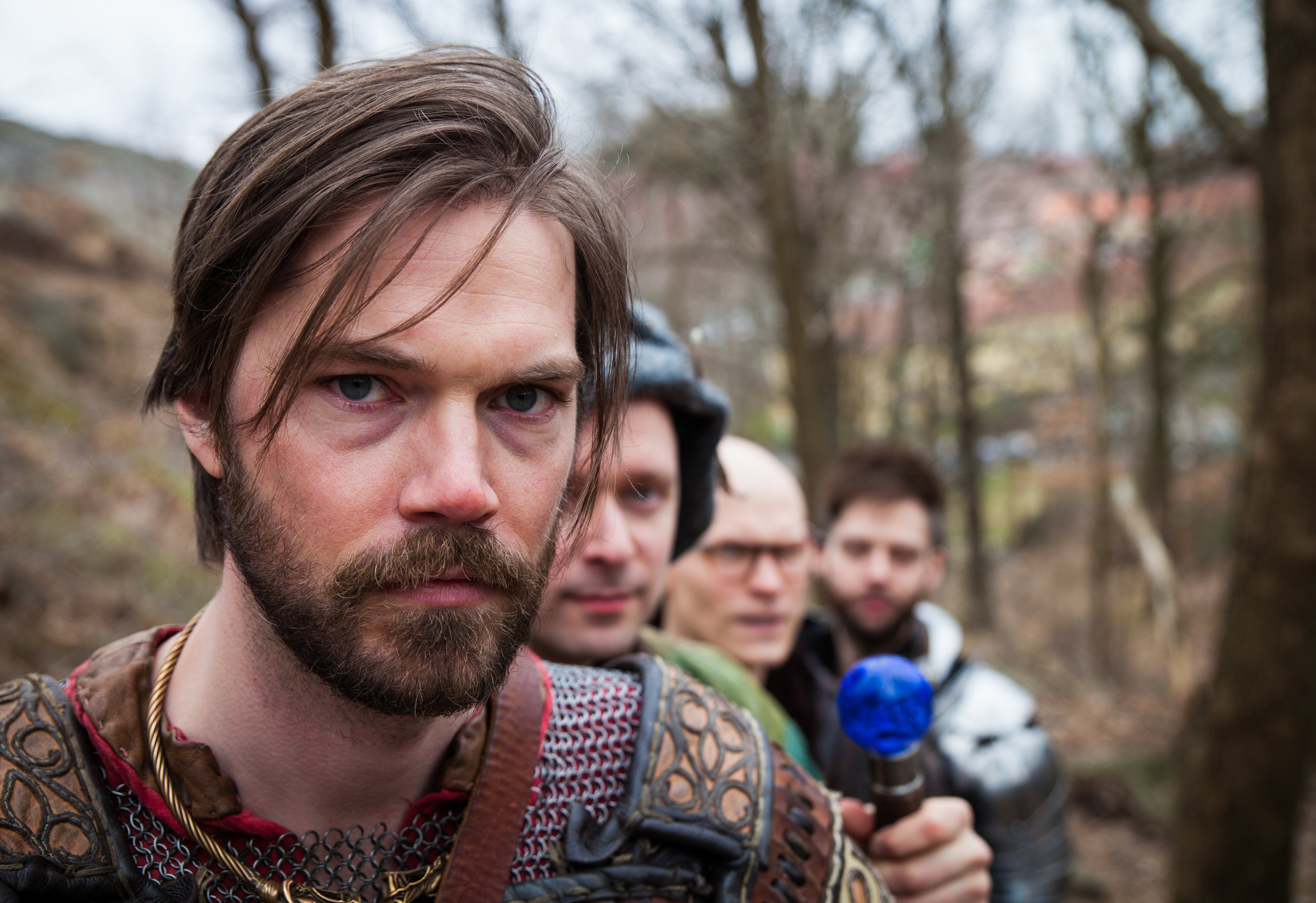To be honest, I didn’t think we’d be able to pull together a dev blog this week. People have been pretty much doing more of the same since last week so I didn’t really think there’d be much to tell you about. But here we are!
Personally I’ve been working with a lot of admin related stuff this week. Most noteworthy is that I signed a contract to get one more programmer on the team. We will work with a contractor that will stay with us at least for a few months, up until the summer. This will help us get more features built faster, which is great. I have also signed a contract with our composer to get a few more songs composed under the close collaboration with Carl. We have been getting a lot of positive comments regarding the music and we really want to double down on creating an atmospheric and immersive soundtrack.
Here is a new take on the highest tiered unit from Loth, a unit called the “legion”. Which one do you prefer?
The art team, which includes both our Technical Artist (Patrik) and our Art Director (Anders) along with several talented freelancers, is still hammering away at the battle grid. Getting the overall look and feel of the battle is super important to us. It should be immersive and moody, but still readable and encourage strategic decision making. I’m optimistic about us being able to reach that goal!
We are pretty much happy with Doneria, Rana and Loth, but still trying out variations for Arleon. Which one do you like best?
Another big part of the battle, besides the characters and environment, is the UI and UX. David has been focusing on the user experience, trying to make the game understandable to the player. Niklas has been implementing all the different states we have designed for the battle. As an example, one of the states is when you choose to inspect an enemy or friendly troop. What should you see when that happens and what information does the player need to know? Things such as special buffs, range, health, stats, etc. Another state is when you open the spellbook - which affects things like how and when should we use outlines on the characters, icons, and cursors.
At the same time, Carl has been doing his best to come up with varied and interesting battle grids that will challenge the players. He has also been working with our composer to create more music (I recently heard a new Loth-themed song, it sure was dark and moody!).
We are trying to find a visually distinct style for Donerian architecture. One early idea was to combine onion domes with medieval german style timber framing. Do you like it?
Finally, we’ve got a lot of opinions regarding the redesign of our Necromancer troop. We have read all the comments (I hope!) and are thinking of doing a new design based on the feedback. So keep it coming! The team is very thankful for all the ideas, love and constructive criticism we get!
Please note that this is a devblog. Features and graphics mentioned or displayed above may or may not change during the development process.
























